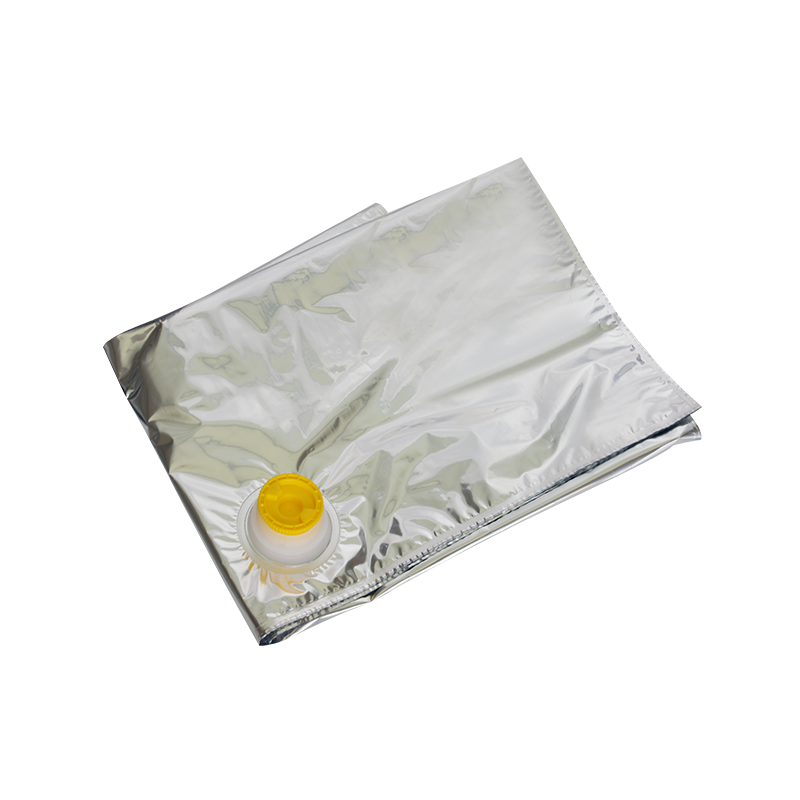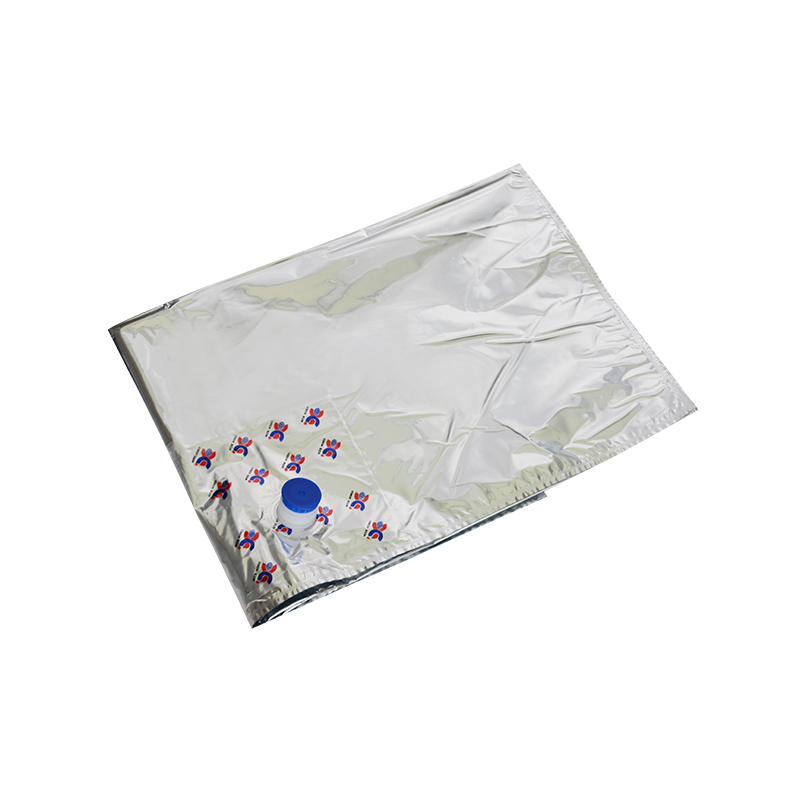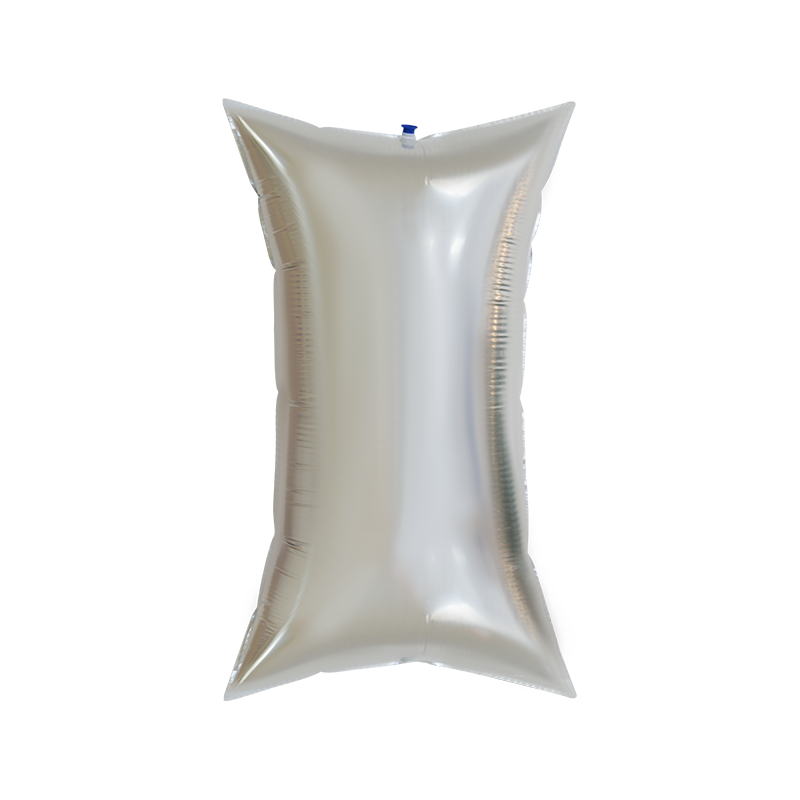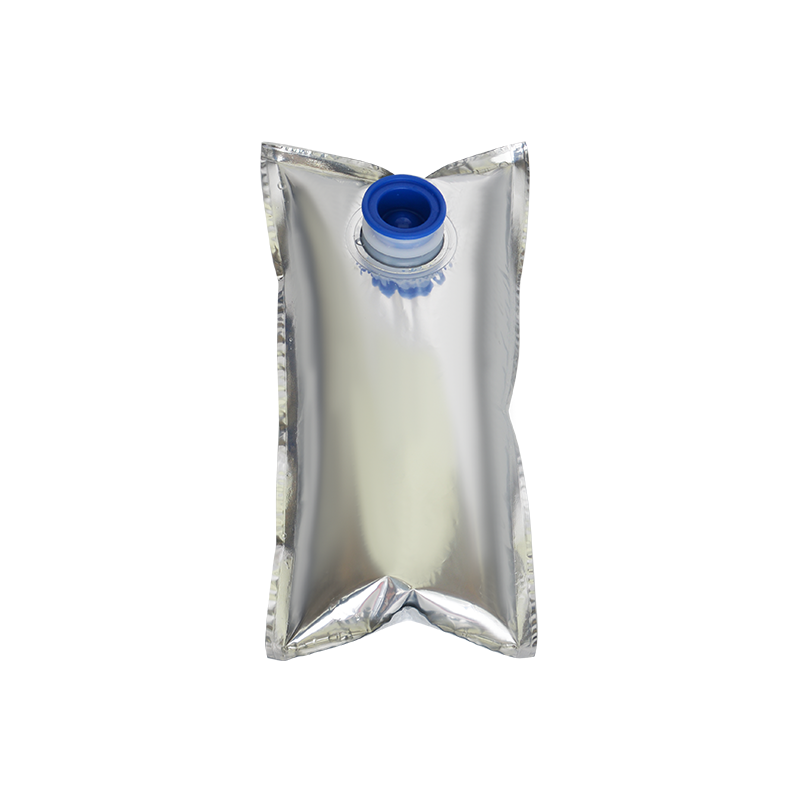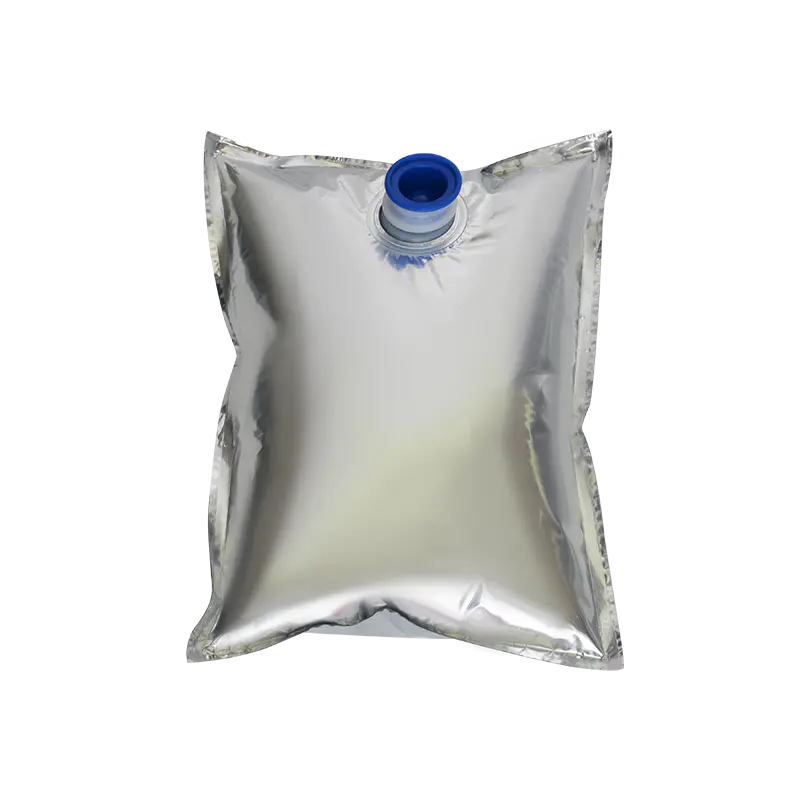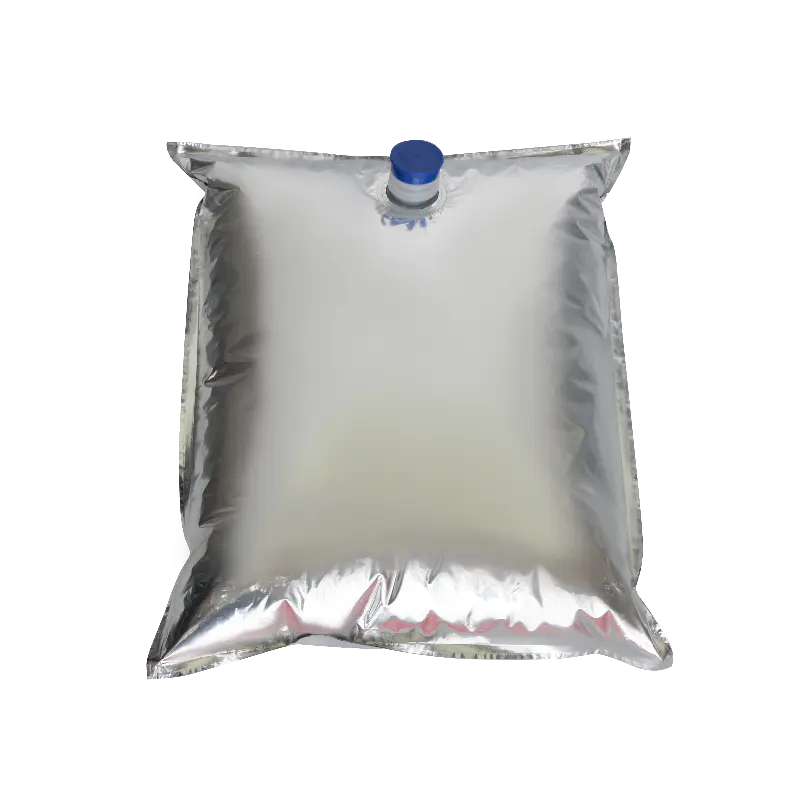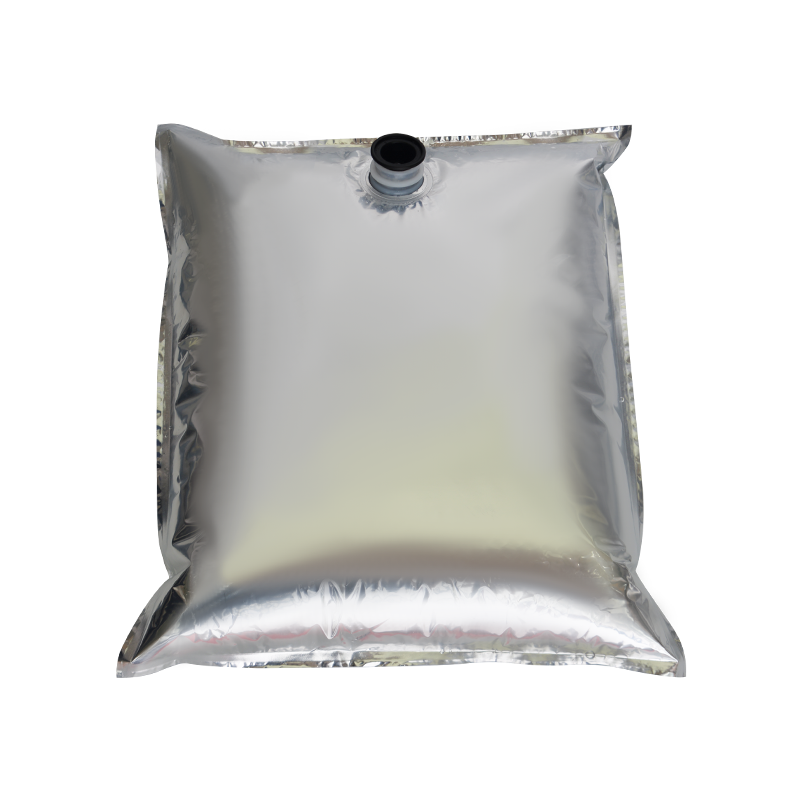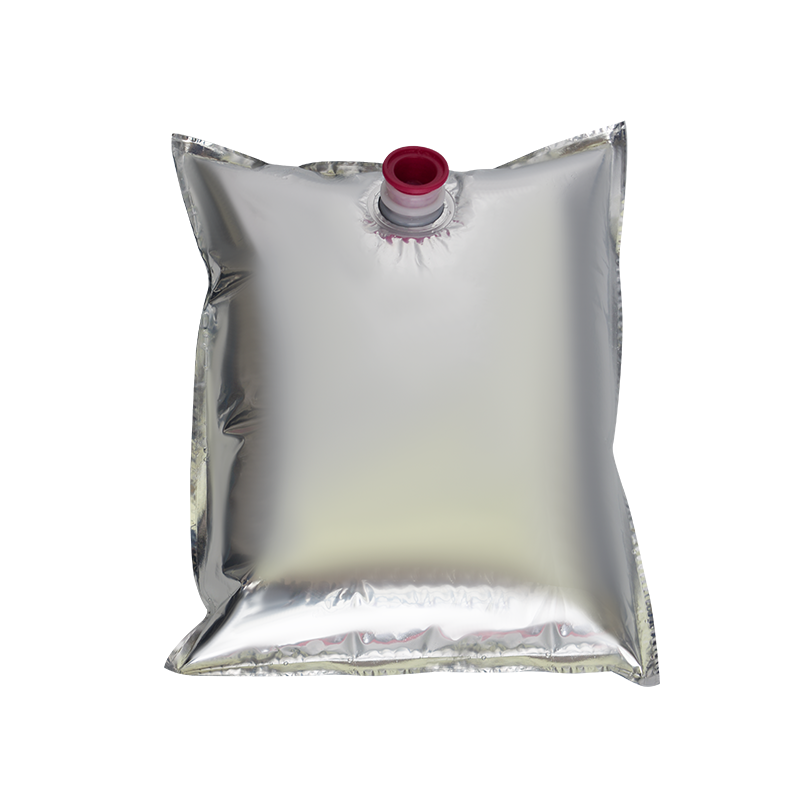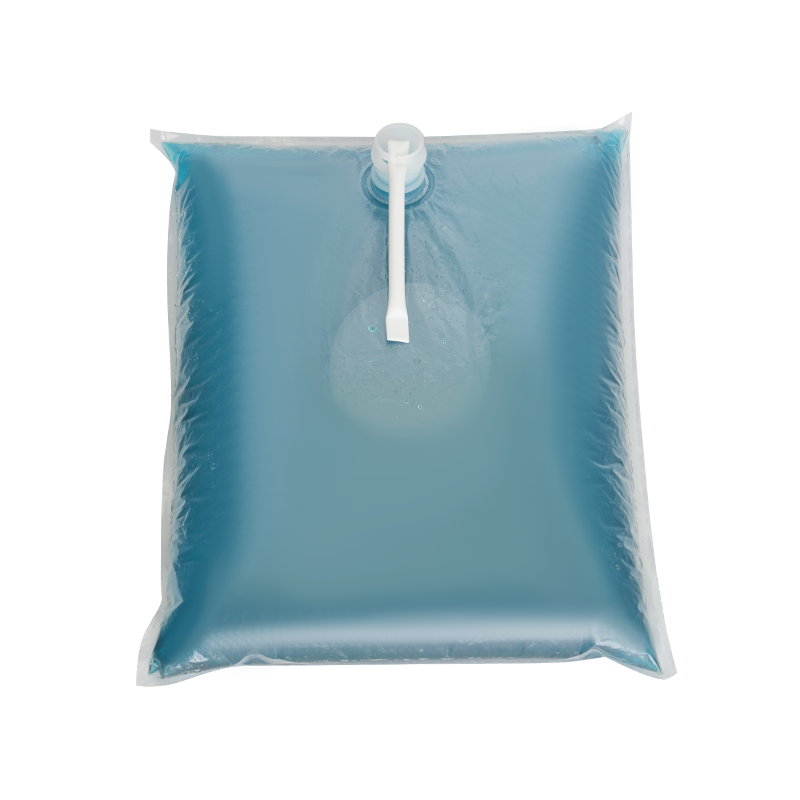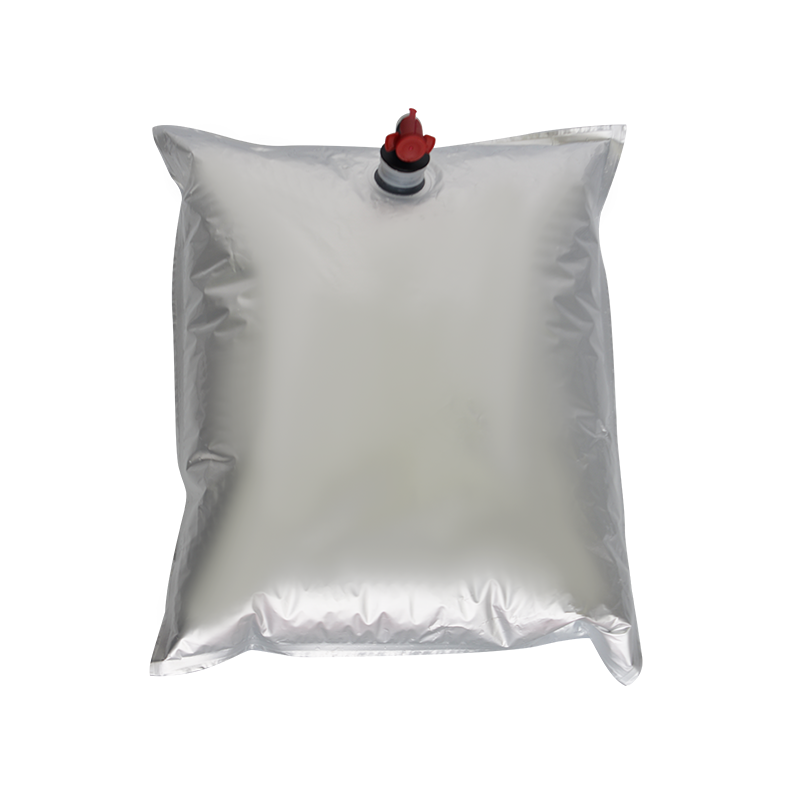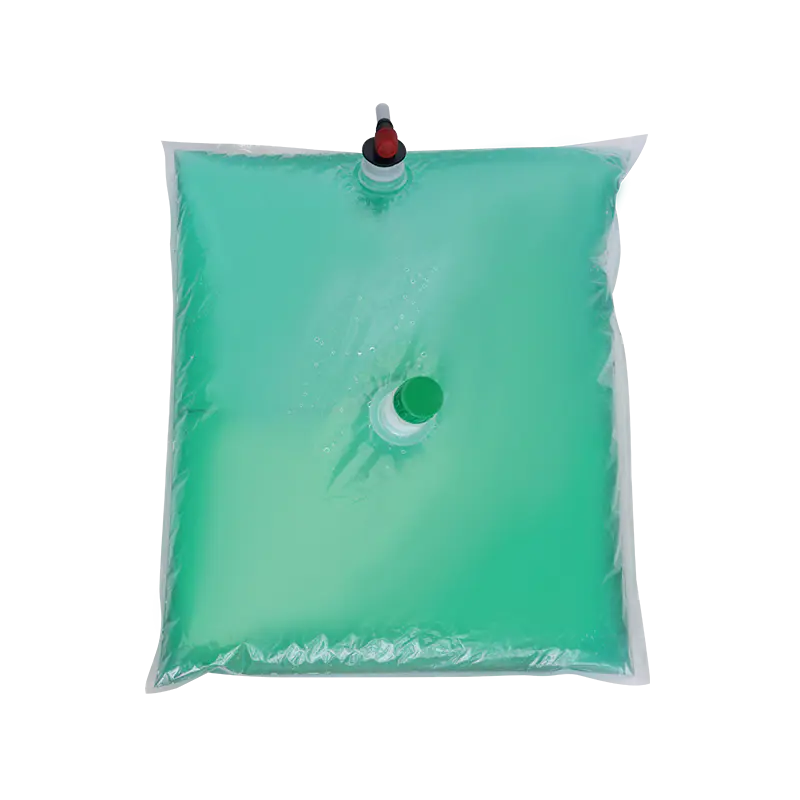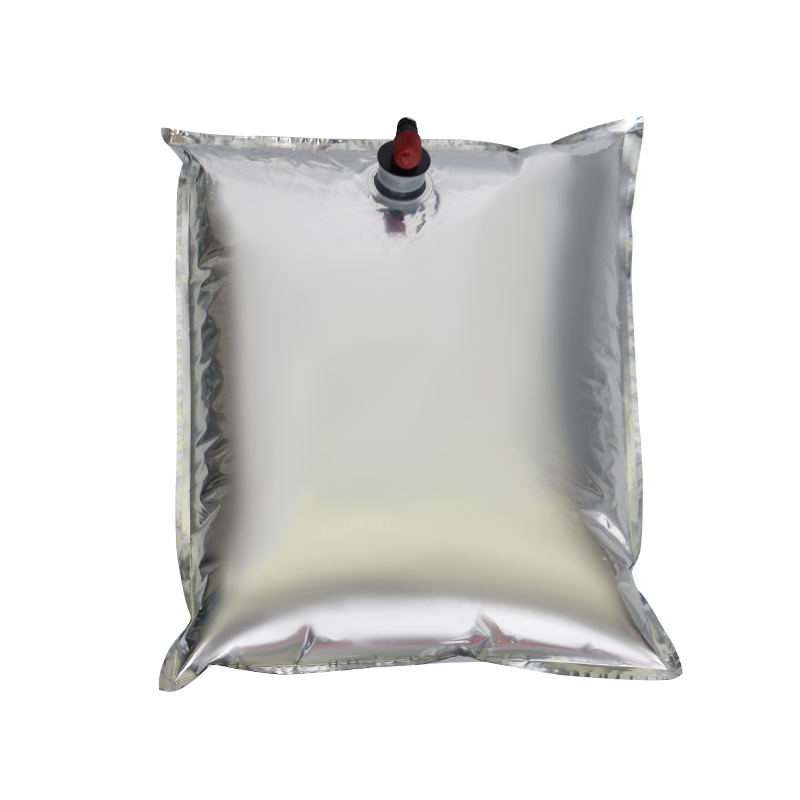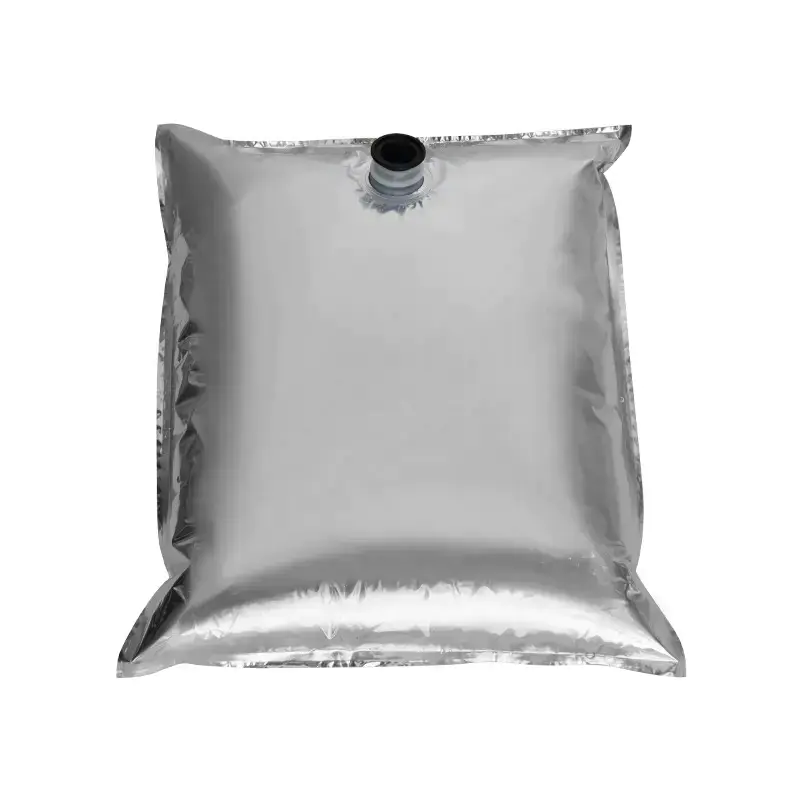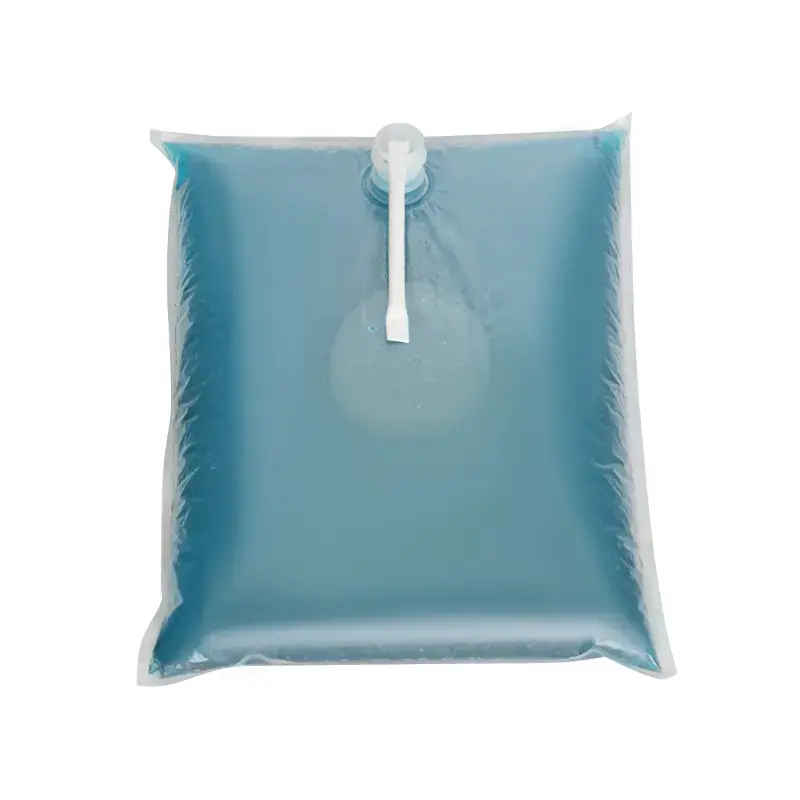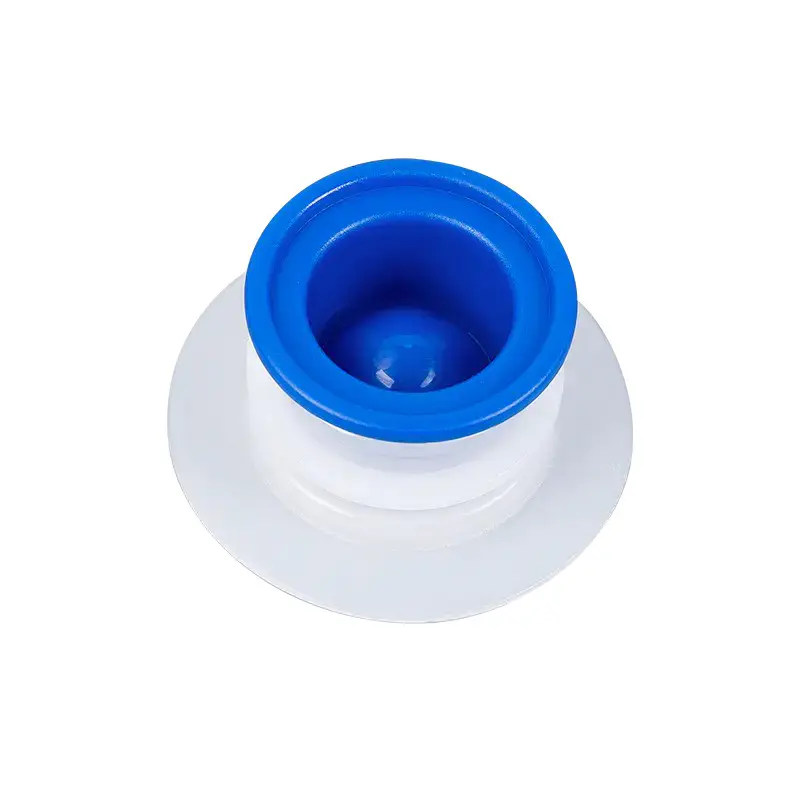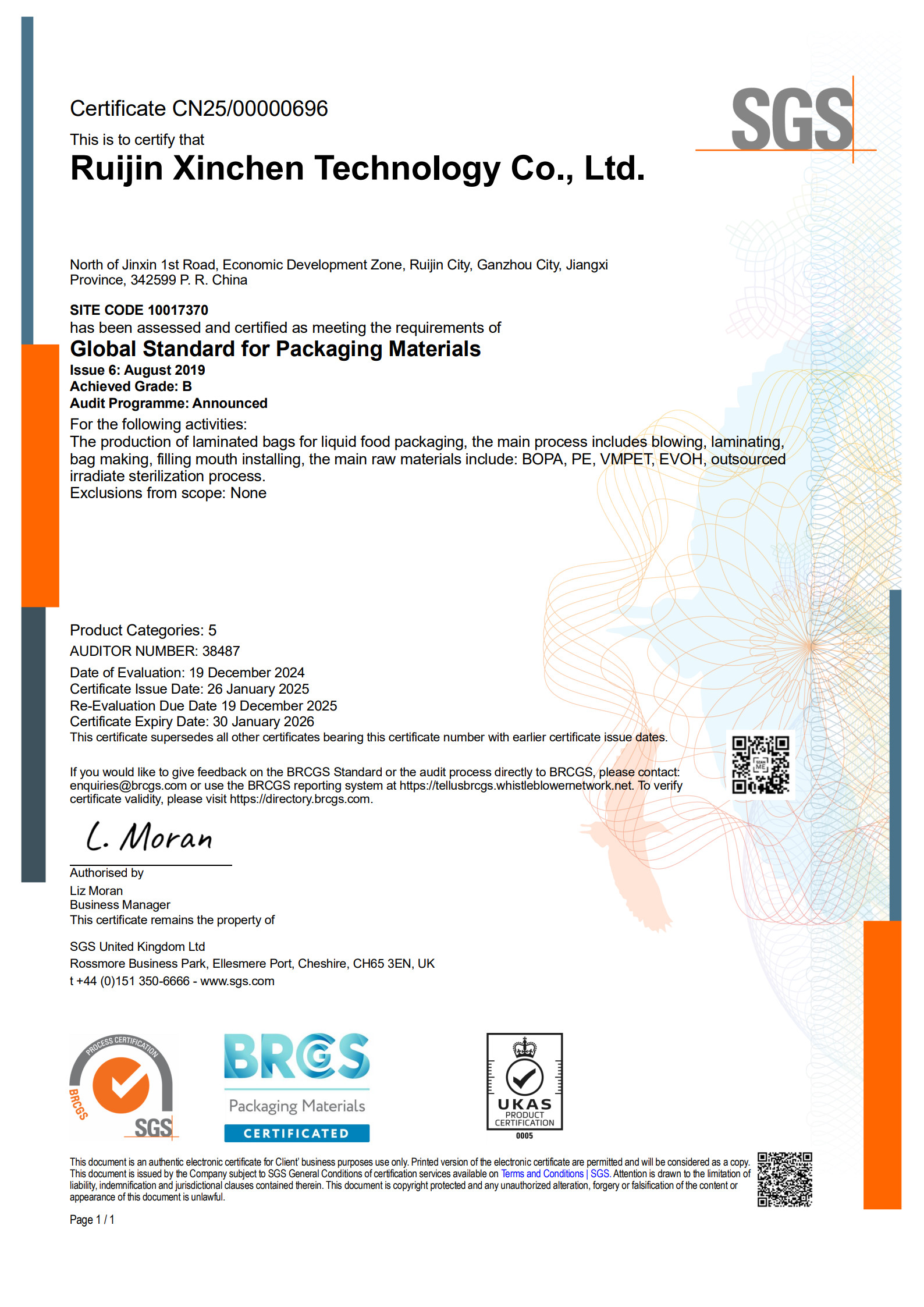
In today's consumer goods market, packaging is more than just a protective layer for products; it's also a vital component of brand image. As consumers increasingly prioritize convenience and environmental friendliness, soft liquid packaging bags, as an innovative packaging format, have become a key choice across various industries. Their widespread application in food, beverages, personal care products, and pharmaceuticals has not only improved product convenience but also spurred innovation in packaging technology.
Definition and Development of Soft Liquid Packaging Bags
Soft liquid packaging bags are a type of packaging made of flexible materials that effectively holds liquid or semi-liquid substances and exhibits excellent sealing, leak-proof, and permeation-resistant properties. These bags typically utilize multi-layer composite materials, including PE, aluminum foil, and PET, offering superior mechanical properties and durability. At the end of the 20th century, with the advancement of polymer technology, soft liquid packaging bags gradually emerged as a lightweight and convenient liquid packaging solution, surpassing traditional rigid containers.
Initially, soft liquid packaging bags were primarily used in the dairy and juice beverage industries. With technological advancements, this type of packaging has gradually expanded to a variety of applications, including packaging for chemicals, detergents, and even pharmaceutical liquids. Today, with growing demands for environmental protection and sustainable development, soft liquid packaging bags continue to expand their market share.
Soft Liquid Packaging Bag Structure and Technology
Soft liquid packaging bags are relatively complex to manufacture. They are typically composed of multiple layers, primarily consisting of an outer layer, an inner layer, and a middle layer. The outer layer is typically made of PE or PET, offering excellent tensile strength and abrasion resistance. The middle layer is typically made of aluminum foil or other moisture-proof materials, isolating the contents from air and moisture, protecting the quality of the contents. The inner layer is made of food-grade or pharmaceutical-grade materials to protect the product from contamination during the packaging process.
One of the key technologies in producing soft liquid packaging bags is heat sealing. This high-temperature treatment ensures a tight seal at the bag opening. With increasing market attention to environmental protection, many manufacturers have begun adopting solvent-free or low-solvent technologies to reduce environmental pollution.

Advantages and Applications of Soft Liquid Packaging Bags
1. Lightweight and Portable
Soft liquid packaging bags are lighter and more flexible than traditional rigid containers. Their low weight makes them easy to transport and carry, making them particularly suitable for travel and long-distance trips. Consequently, soft liquid packaging bags are increasingly becoming a dominant option for the packaging of liquid products such as bottled beverages, dairy products, and juice.
2. Significant Cost-Effectiveness
Compared to traditional packaging options like glass bottles and aluminum cans, soft liquid packaging bags offer significant cost advantages in production and transportation. They consume less material during production, and their small size and light weight during transportation significantly reduce logistics costs. Soft liquid packaging bags can be compressed, further saving storage space and lowering warehousing costs.
3. Environmental Protection and Sustainability
The recyclability and lightweight nature of soft liquid packaging bags make them an ideal environmental choice. Many of the materials used in soft liquid packaging bags are recyclable, reducing resource waste and environmental pollution. Furthermore, with technological advancements, the use of environmentally friendly materials in production is increasing, aligning with the trend of sustainable development.
4. Excellent Freshness Preservation
The composite materials of flexible liquid packaging bags not only effectively block external environmental factors such as air, moisture, and light, preserving product freshness and taste, but also effectively prevent liquid leakage and contamination. In the food, beverage, and pharmaceutical industries, especially for liquid products with specialized storage requirements, flexible liquid packaging bags offer superior freshness preservation.
5. Diverse Designs and Innovation
The design of flexible liquid packaging bags can be customized to meet diverse market needs. In addition to the common stand-up bag, they can also be designed into convenient-to-carry spout bags and stand-up bags for easy pouring. With increasing consumer demand for customization, the design and functionality of flexible liquid packaging bags are constantly innovating, providing companies with greater market competitiveness.

Application Prospects of Flexible Liquid Packaging Bags in Various Industries
1. Food and Beverage Industry
The food and beverage industry is one of the most widely used sectors for flexible liquid packaging bags. Liquid foods, such as juice, dairy products, and condiments, in particular, benefit from increased convenience and cost-effectiveness. Advanced packaging technology not only preserves liquid products' freshness for longer but also significantly improves logistics efficiency. In the future, as consumers prioritize environmental protection, flexible liquid packaging bags will capture a larger market share in this industry.
2. Pharmaceutical and Cosmetic Industries
The application of flexible liquid packaging bags in the pharmaceutical and cosmetic industries has also seen rapid growth. Whether it's liquid pharmaceutical preparations or liquid cosmetics like skincare and shampoo, flexible liquid packaging bags offer a safer and more convenient packaging option. This type of packaging also effectively prevents drug leakage from broken glass bottles.
3. Chemical and Daily Chemical Industries
The safety and cost-effectiveness of flexible liquid packaging bags in the packaging of chemicals and daily chemicals are gradually gaining recognition. Especially for corrosive or hazardous liquid chemicals, flexible liquid packaging bags offer a better seal, reducing the risk of leakage during transportation and ensuring safety.
Due to their numerous advantages, such as portability, environmental friendliness, and cost-effectiveness, flexible liquid packaging bags are widely used across multiple industries and show great potential for future development. With continuous technological advancements and increasing consumer emphasis on sustainable packaging, flexible liquid packaging bags are expected to play a significant role in even more areas. For enterprises, choosing suitable soft liquid packaging bags will bring new breakthroughs in brand building and market competitiveness.

 English
English русский
русский